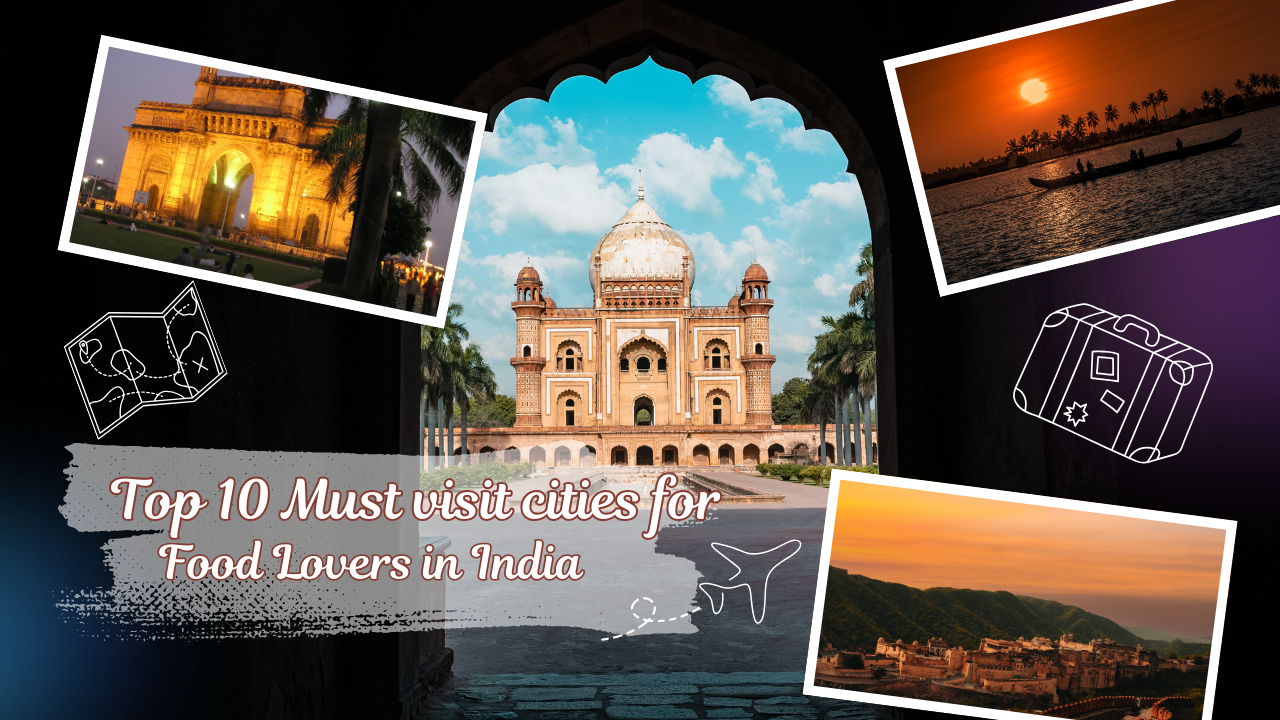This list explores the top 10 richest country in the world, focusing on key economic indicators and factors contributing to their prosperity. It’s important to note that economic rankings can fluctuate based on various factors, including global market trends, political stability, and natural resource availability.
10. Norway:
- GDP (PPP) per capita: $82,832
- Key Factors: Norway is a wealthy nation with abundant natural resources, particularly oil and gas. The country has a strong social safety net and a high standard of living richest country.
- Economic Strengths:
- Oil and Gas Industry: Norway is a major oil and gas producer, generating significant revenue from energy exports.
- Sustainable Development: Norway has a strong focus on sustainable development and environmental protection.
- Social Welfare Programs: The country provides extensive social welfare programs, including healthcare, education, and retirement benefits.
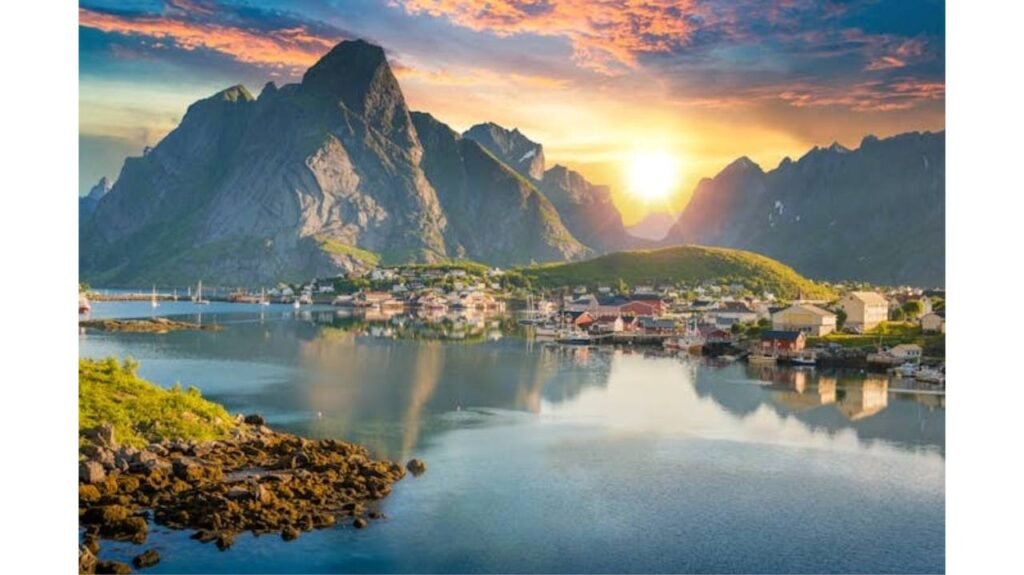
9. United States:
- GDP (PPP) per capita: $85,373
- Key Factors: The United States is the world’s largest economy, driven by a diverse range of industries, including technology, finance, manufacturing, and services richest country.
- Economic Strengths:
- Innovation and Technology: The US is a global leader in innovation and technology, with a thriving tech industry and a strong emphasis on research and development.
- Strong Consumer Market: The US has a large and affluent consumer market, driving domestic economic growth.
- Global Influence: The US plays a significant role in the global economy, influencing trade, finance, and international relations.
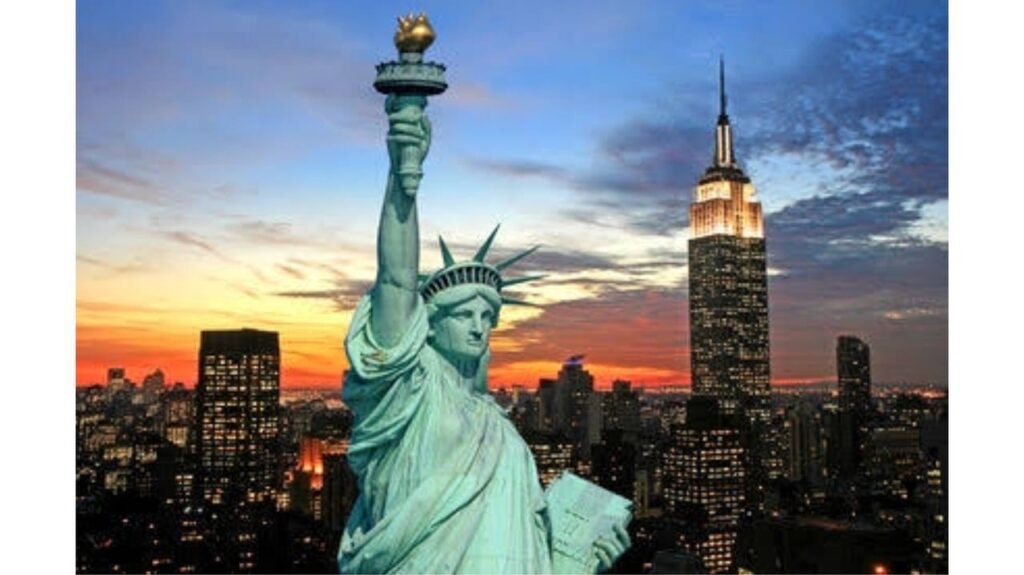
8. San Marino:
- GDP (PPP) per capita: $86,989
- Key Factors: San Marino is a small landlocked country known for its tourism industry and financial services richest country.
- Economic Strengths:
- Tourism: San Marino attracts tourists with its historical sites, beautiful scenery, and duty-free shopping.
- Banking and Finance: The country has a well-developed banking sector and attracts foreign investment.

7. Switzerland:
- GDP (PPP) per capita: $91,932
- Key Factors: Switzerland is known for its strong financial sector, high-quality manufacturing, and a stable political and economic environment richest country.
- Economic Strengths:
- Financial Services: Switzerland is a global financial center, known for its banking secrecy and strong financial institutions.
- Manufacturing: The country is a major producer of high-quality goods, including watches, pharmaceuticals, and machinery.
- Tourism: Switzerland is a popular tourist destination, attracting millions of visitors each year.
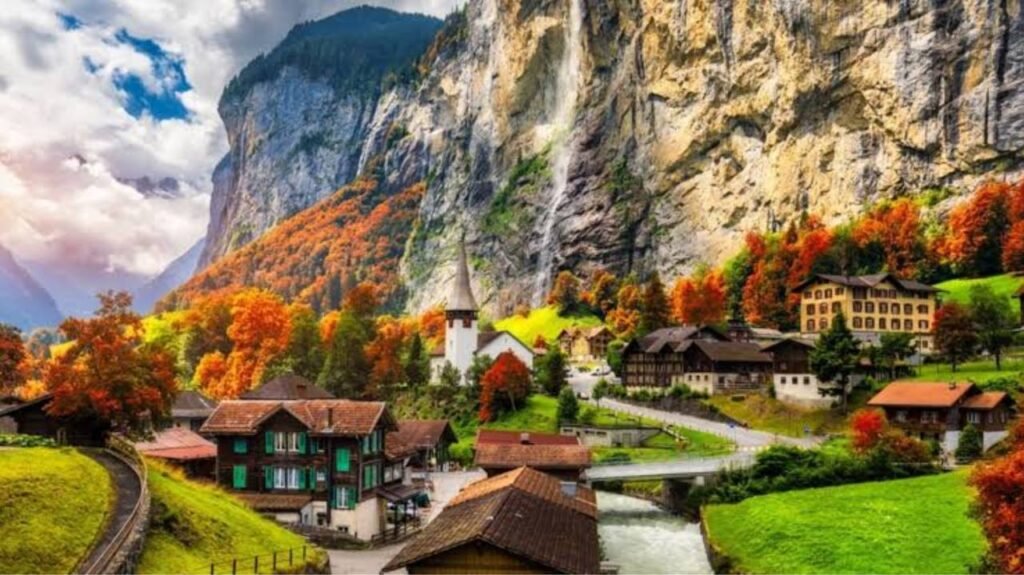
6. United Arab Emirates:
- GDP (PPP) per capita: $96,846
- Key Factors: The UAE is a federation of seven emirates, with a diverse economy driven by oil and gas exports, tourism, trade, and financial services.
- Economic Strengths:
- Oil and Gas: The UAE is a major oil producer and exporter.
- Tourism: Dubai, a major tourist destination, attracts millions of visitors annually.
- Free Trade Zones: The UAE has established numerous free trade zones, attracting foreign investment and promoting economic growth.
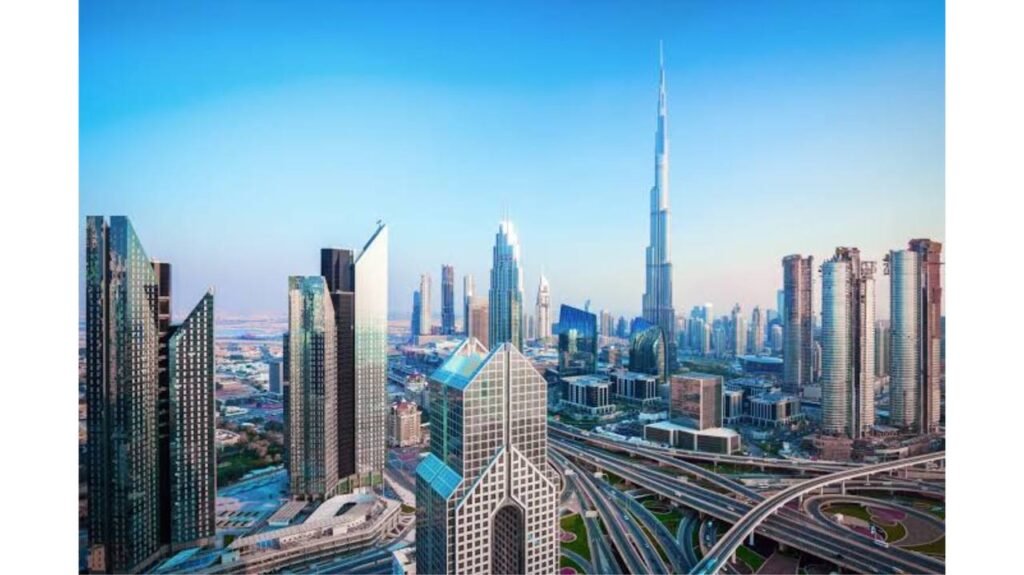
5. Qatar:
- GDP (PPP) per capita: $112,283
- Key Factors: Qatar is a wealthy nation with vast reserves of oil and natural gas. The country has diversified its economy in recent years, focusing on tourism, infrastructure development, and renewable energy richest country.
- Economic Strengths:
- Energy Resources: Qatar is a major exporter of liquefied natural gas (LNG), generating significant revenue.
- Tourism: The country has invested heavily in tourism infrastructure, attracting millions of visitors each year.
- Hosting Major Events: Hosting major events like the FIFA World Cup has boosted tourism and economic growth.

4. Singapore:
- GDP (PPP) per capita: $133,737
- Key Factors: Singapore is a global financial center, a major trading hub, and a leading manufacturing and logistics hub. The government has implemented pro-business policies and invested heavily in education and infrastructure richest country.
- Economic Strengths:
- Trade and Logistics: Singapore is a major port and a key player in global trade.
- Financial Services: The country is a leading financial center, with a strong banking sector and a thriving financial technology industry.
- Manufacturing and Technology: Singapore is a major producer of electronics, pharmaceuticals, and other high-tech products.
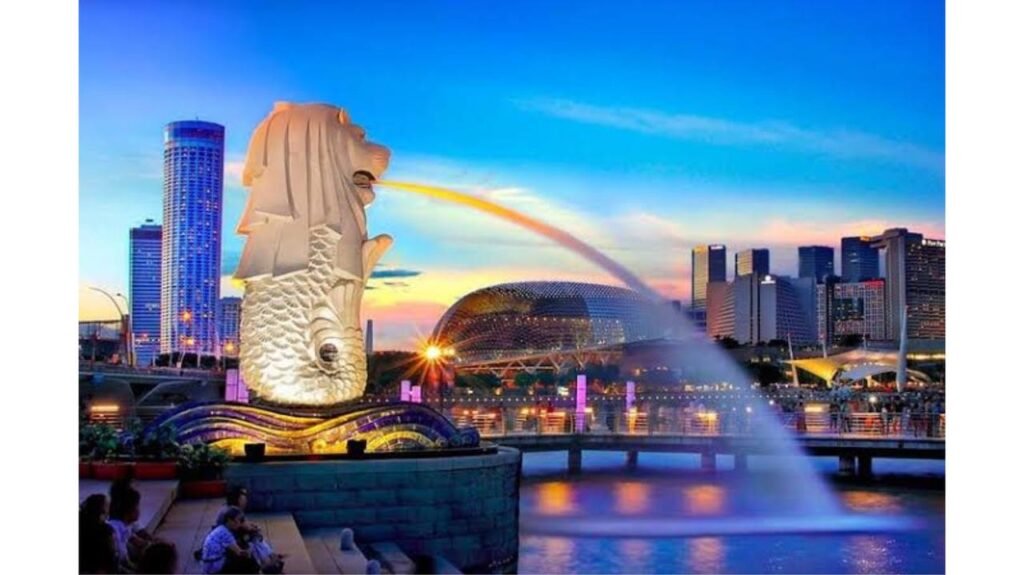
3. Ireland:
- GDP (PPP) per capita: $133,895
- Key Factors: Ireland has experienced significant economic growth in recent decades, driven by a strong emphasis on education, research and development, and a business-friendly environment.
- Economic Strengths:
- Information and Communications Technology (ICT): Ireland has become a major hub for multinational technology companies, attracting significant foreign investment.
- Pharmaceutical Industry: The country boasts a thriving pharmaceutical industry, with several major pharmaceutical companies having a strong presence.
- Low Corporate Tax Rates: Ireland’s competitive corporate tax rates have attracted numerous multinational corporations.
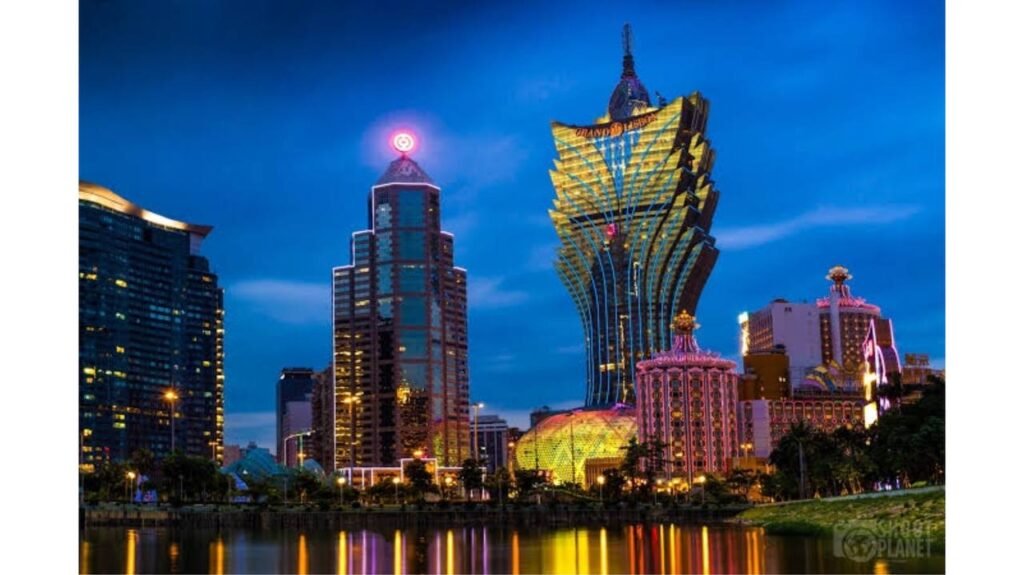
2. Macao SAR:
- GDP (PPP) per capita: $134,141
- Key Factors: Macao, a Special Administrative Region of China, is a global center for tourism and gambling. Its economy is heavily reliant on the gaming industry, with numerous casinos and resorts attracting millions of visitors annually.
- Economic Strengths:
- Tourism and Gaming: The booming tourism and gaming industry drives significant economic growth and generates substantial revenue.
- Low Taxation: Macao has a low corporate tax rate, attracting foreign investment and businesses.
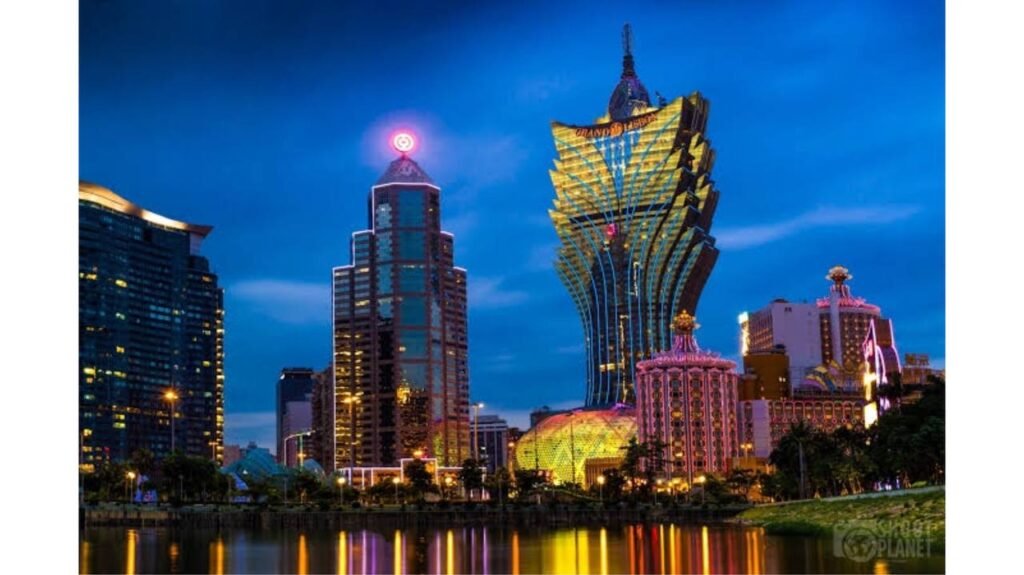
1. Luxembourg:
- GDP (PPP) per capita: $143,743
- Key Factors: Luxembourg is a highly developed economy with a strong emphasis on finance, banking, and international trade. Its strategic location in the heart of Europe and a favorable tax environment have attracted numerous multinational corporations.
- Economic Strengths:
- Financial Sector: Luxembourg is a major financial center, home to numerous banks, insurance companies, and investment funds.
- High-Tech Industries: The country has a strong focus on research and development, particularly in the areas of space technology and biotechnology.
- Low Unemployment: Luxembourg boasts a low unemployment rate and a high standard of living.
Top 10 Best Historical places in india to visit in 2025….click here

Disclaimer:
- This list is based on data from the International Monetary Fund (IMF) and other reputable sources.
- GDP (PPP) per capita is a measure of a country’s economic output per person adjusted for purchasing power parity, which takes into account the cost of living in different countries.
- The ranking of countries may vary depending on the specific methodology and data sources used.
Here is the list of Top 10 Richest Country In The World
FAQs
Q: What metric is used to determine the “richest” countries?
A: While “richest” can be interpreted in different ways, most rankings use GDP (Gross Domestic Product) per capita (per person) adjusted for purchasing power parity (PPP). GDP measures the total value of goods and services produced within a country, and per capita GDP divides that by the population, giving an average measure of economic output per person. PPP adjusts for differences in the cost of living between countries, making comparisons more accurate.
Q: Does a high GDP per capita mean everyone in that country is wealthy?
A: No. GDP per capita is an average. It doesn’t reflect the distribution of wealth within a country. A country can have a high GDP per capita but still have significant income inequality, meaning a small portion of the population holds a large share of the wealth, while many others have lower incomes.
Q: Why do some lists of richest country have different rankings?
A: Slight variations in rankings can occur due to: Different data sources: Organizations like the World Bank, IMF, and UN use slightly different data collection and estimation methods.
Different base years for PPP adjustments: The base year used for PPP calculations can affect the results.
Currency fluctuations: Exchange rate fluctuations can impact GDP figures when comparing across countries.
Different definitions of “country”: Some lists may include territories or special administrative regions.
Q: Are there other factors besides GDP per capita that indicate a country’s wealth or well-being?
A: Yes. While GDP per capita is a useful economic indicator, other factors are important for assessing overall well-being: Human Development Index (HDI): Considers life expectancy, education, and standard of living.
Gini coefficient: Measures income inequality.
Access to healthcare and education: Reflects the quality of life for citizens.
Environmental sustainability: Considers the impact of economic activity on the environment.
Q: Does this list imply that people in the top 10 richest country are happier or have a better quality of life than people in other countries?
A: Not necessarily. While economic prosperity can contribute to a higher quality of life, factors like social support, work-life balance, environmental quality, and personal freedoms also play significant roles. A high GDP per capita doesn’t automatically translate to greater happiness or overall well-being.

